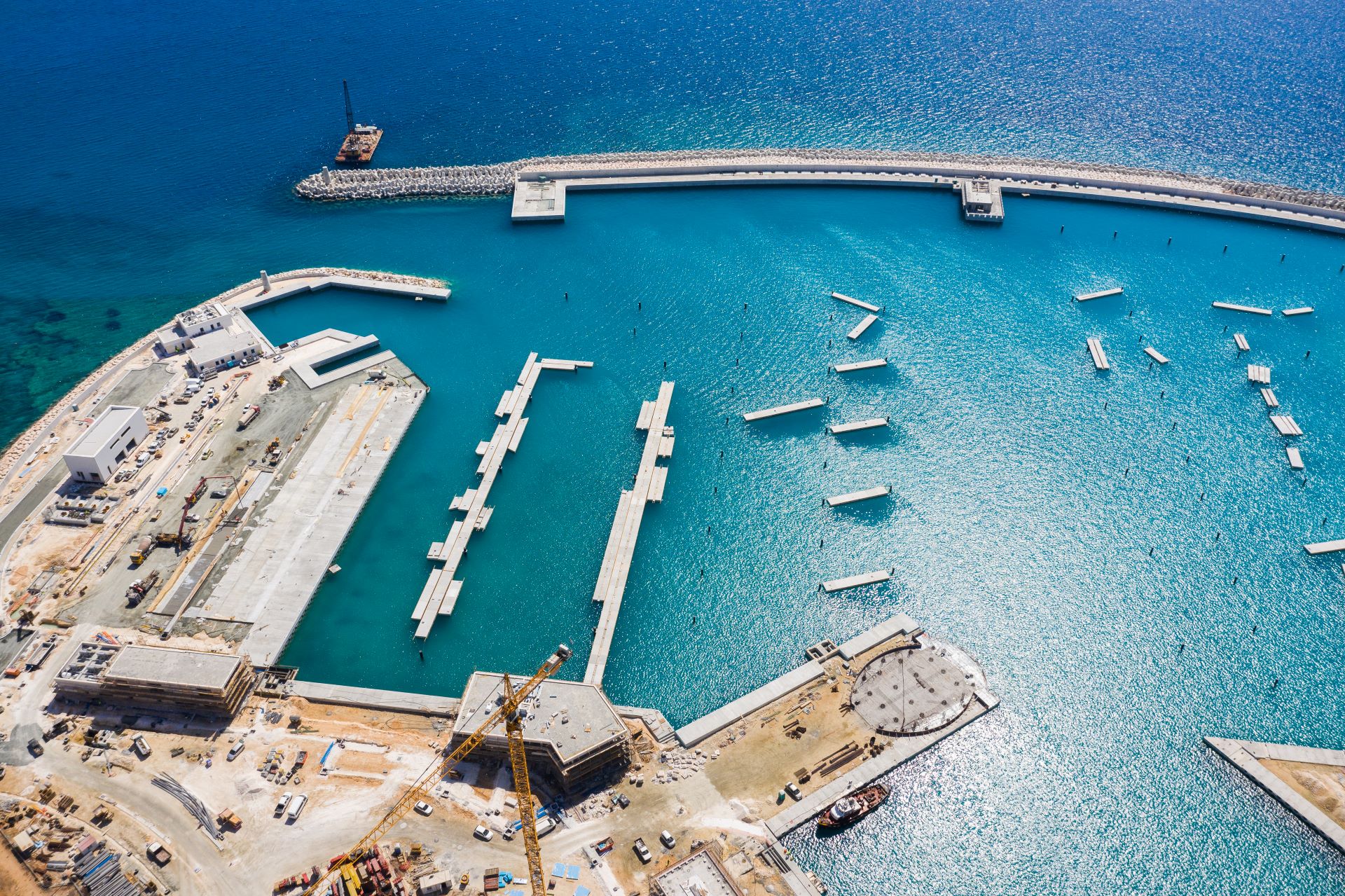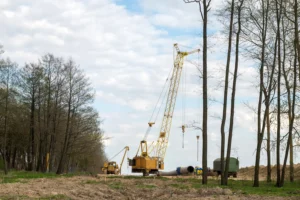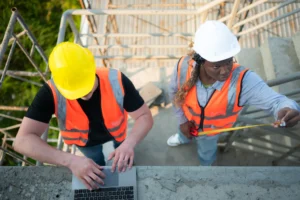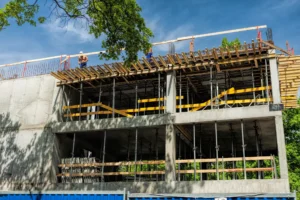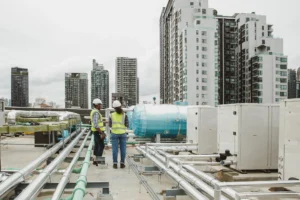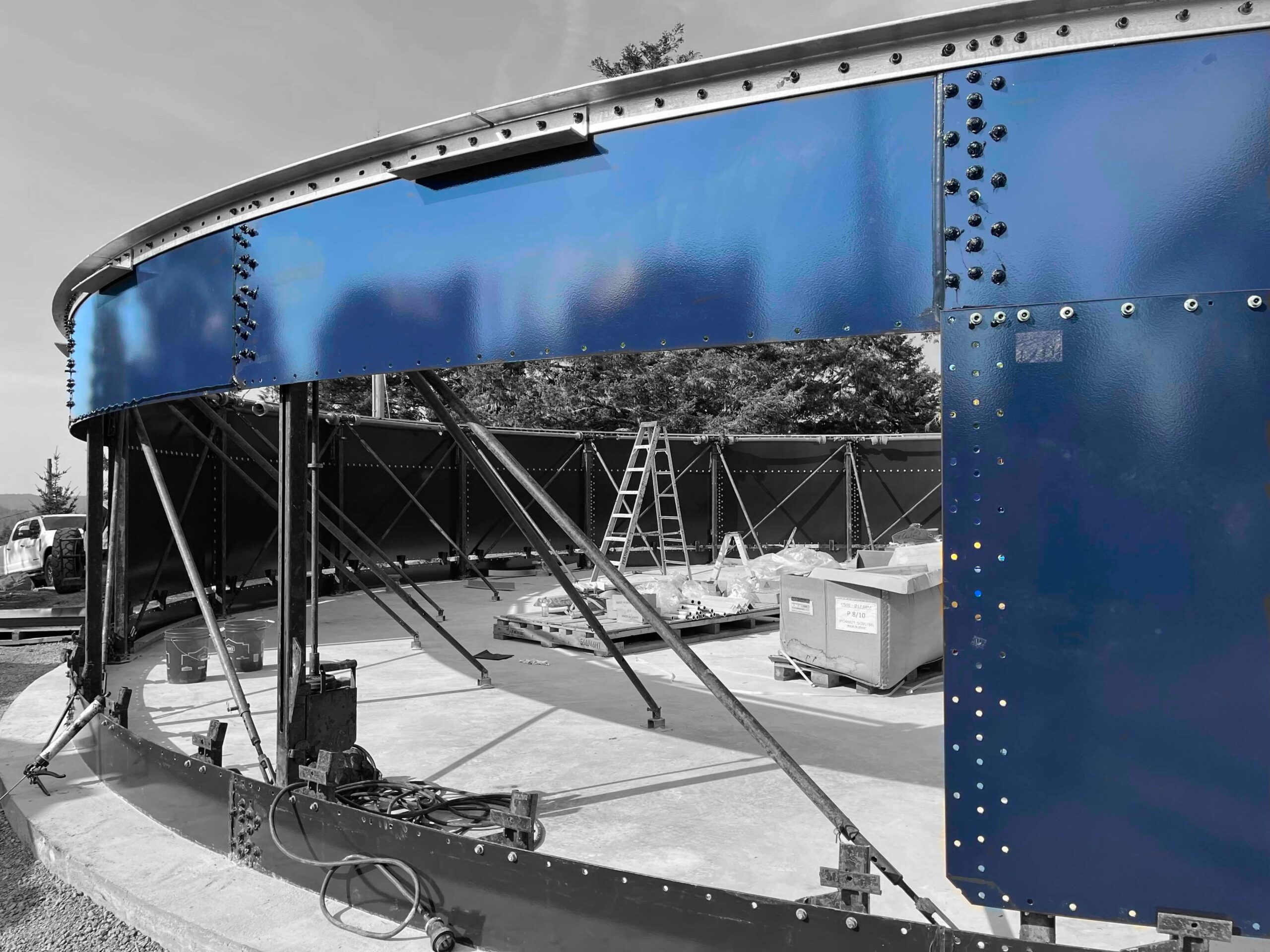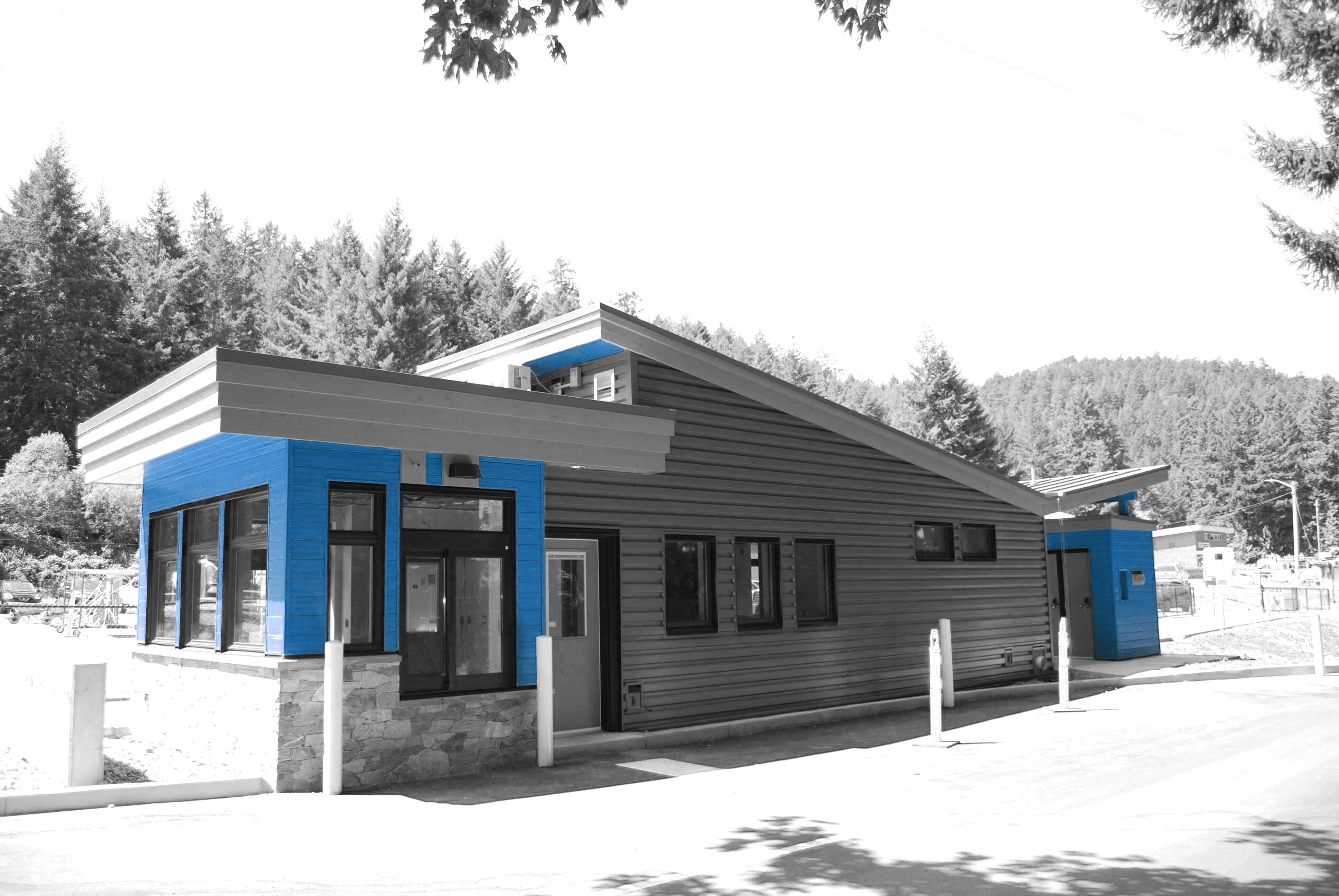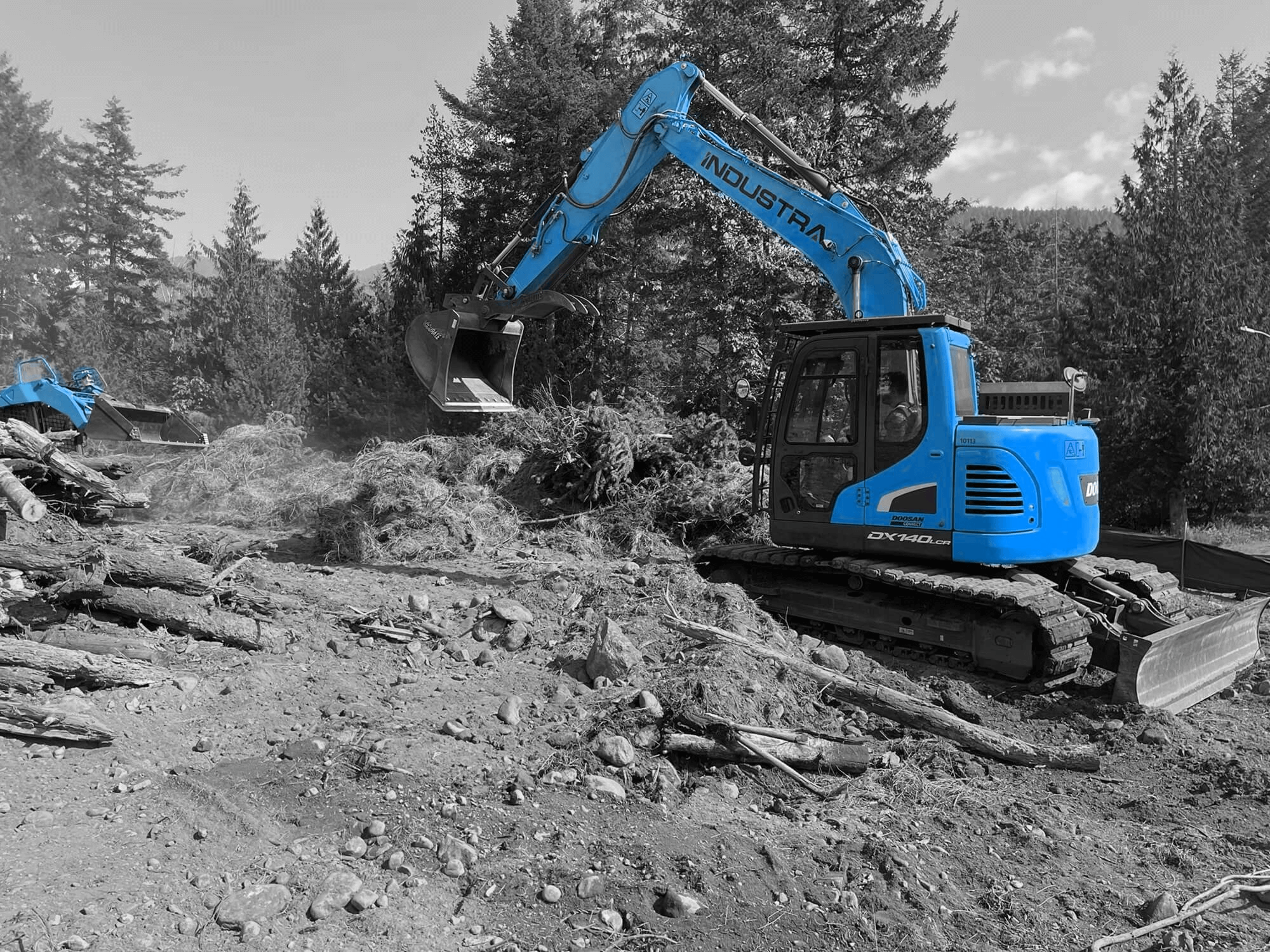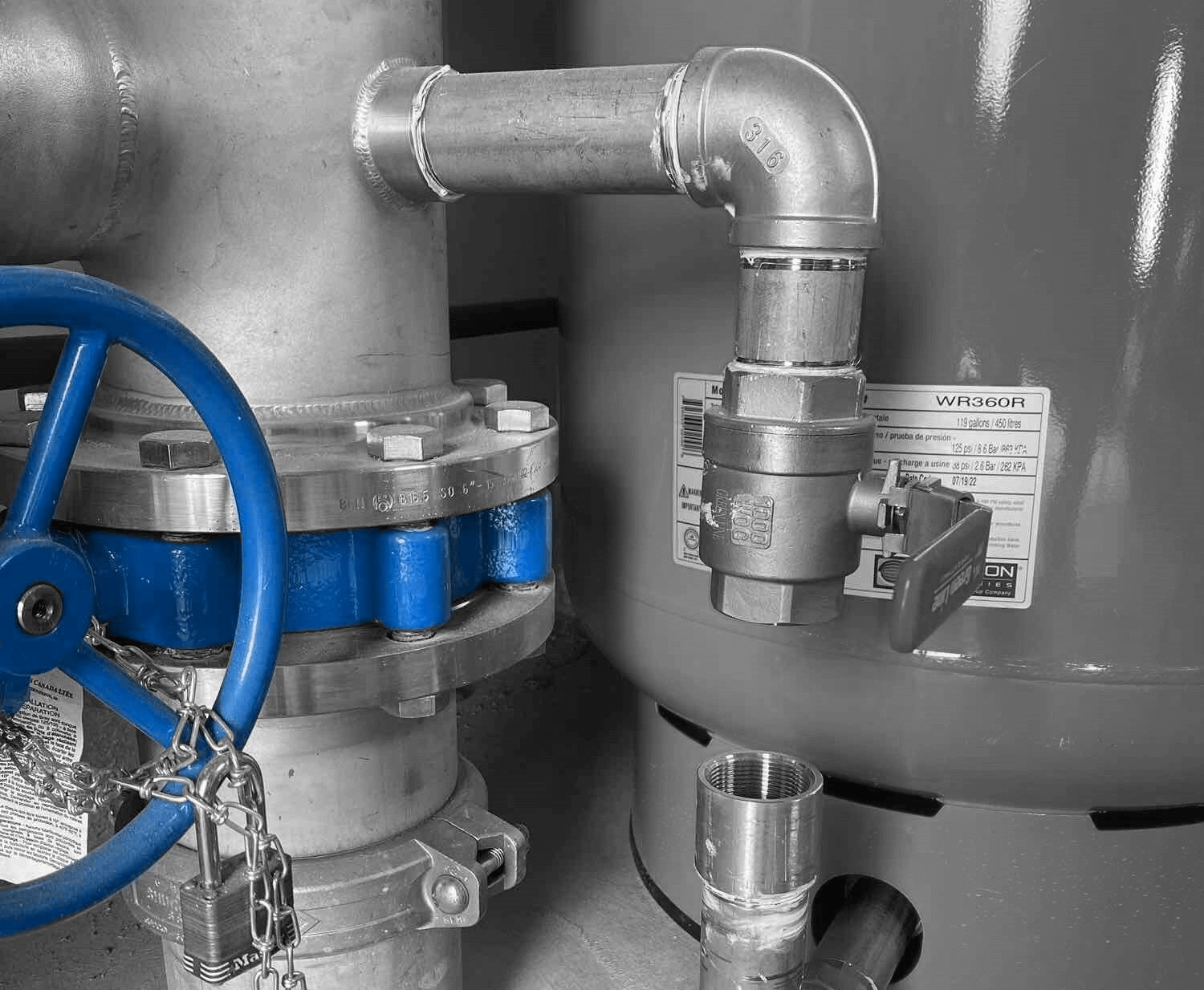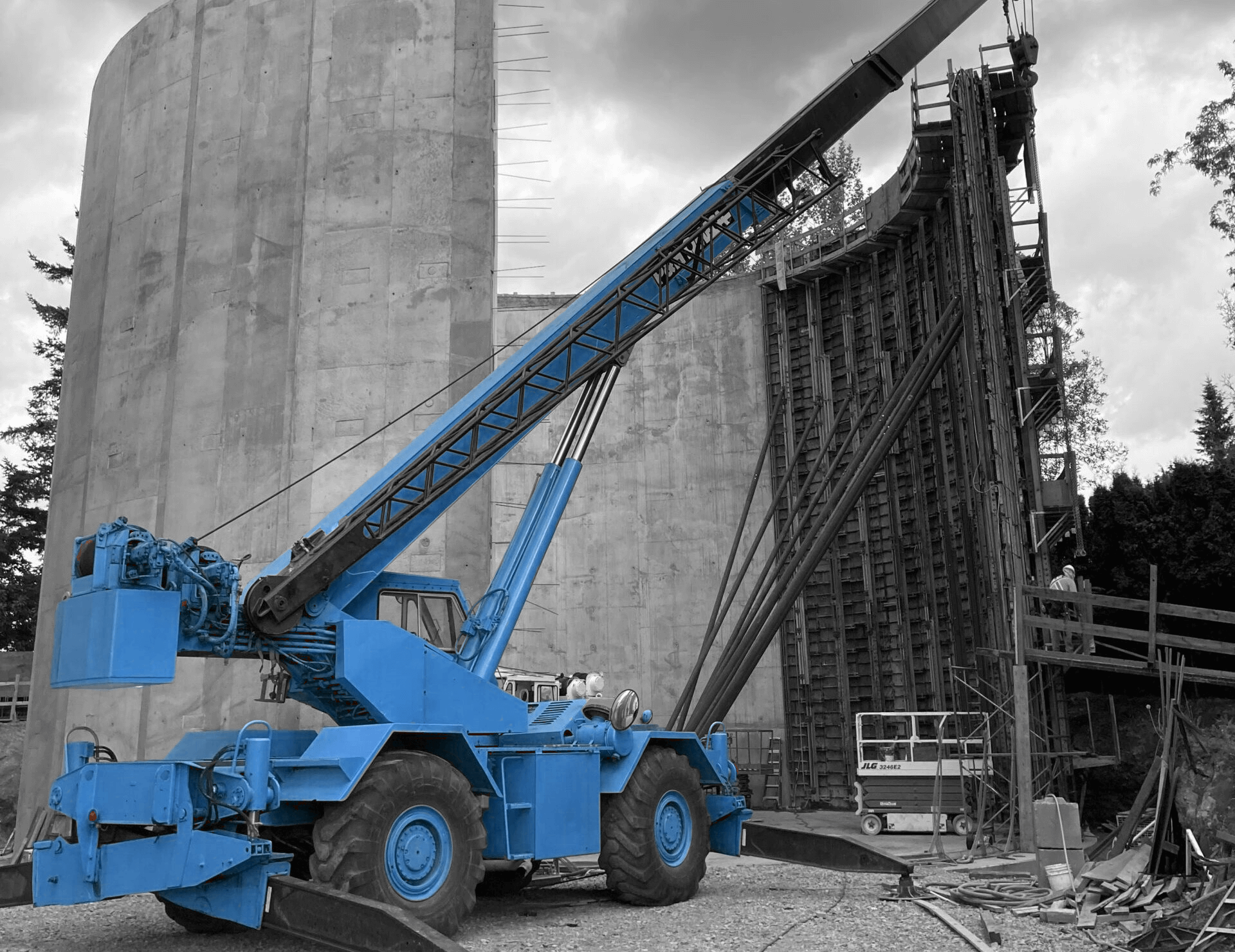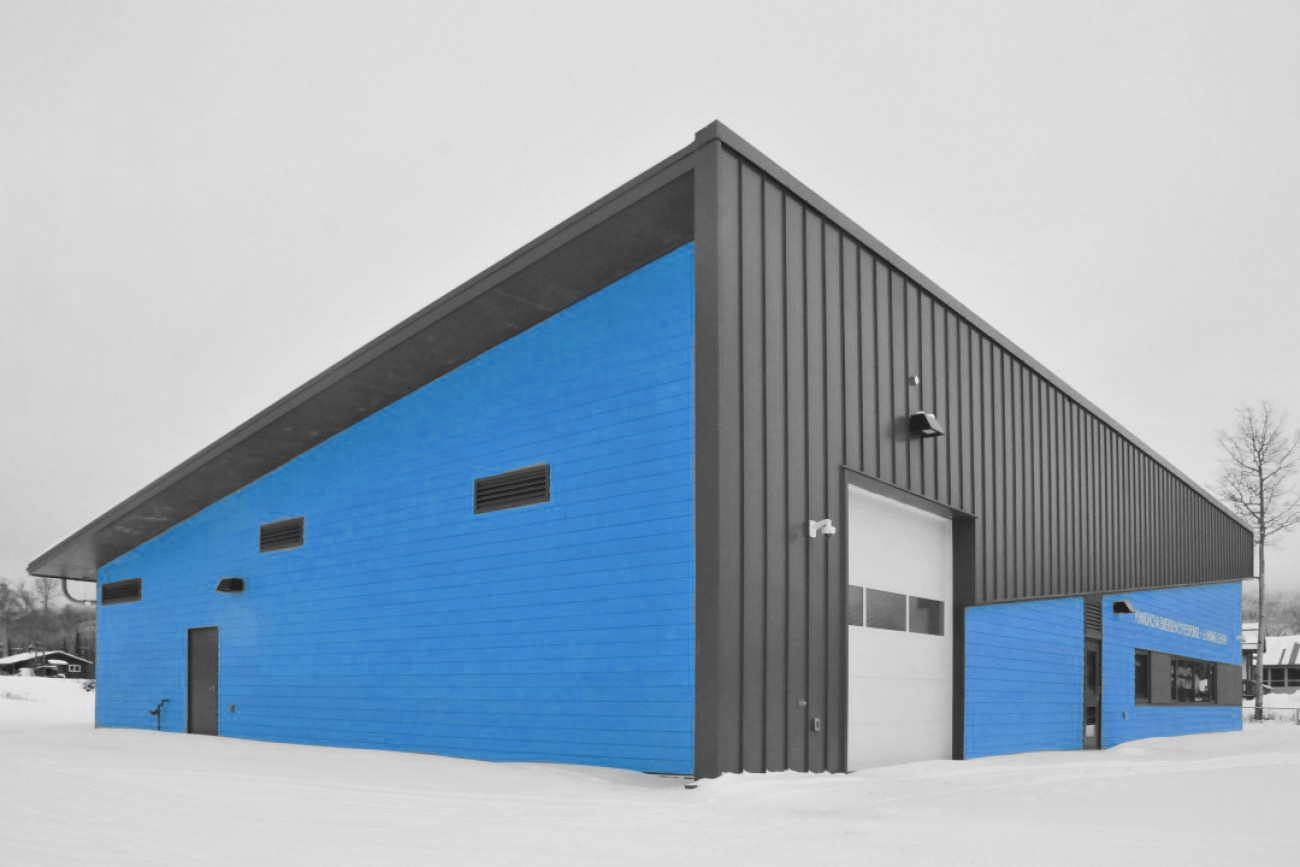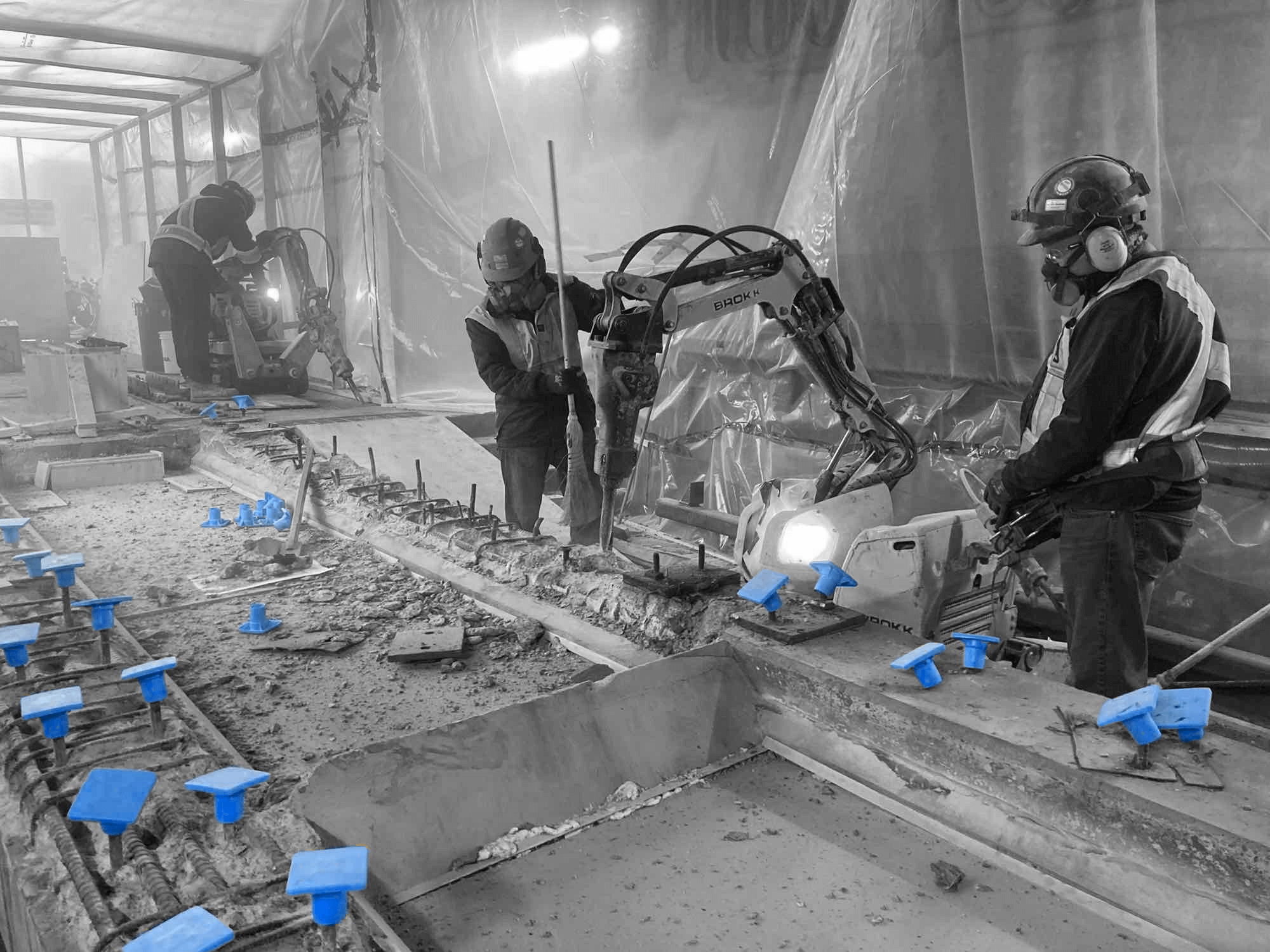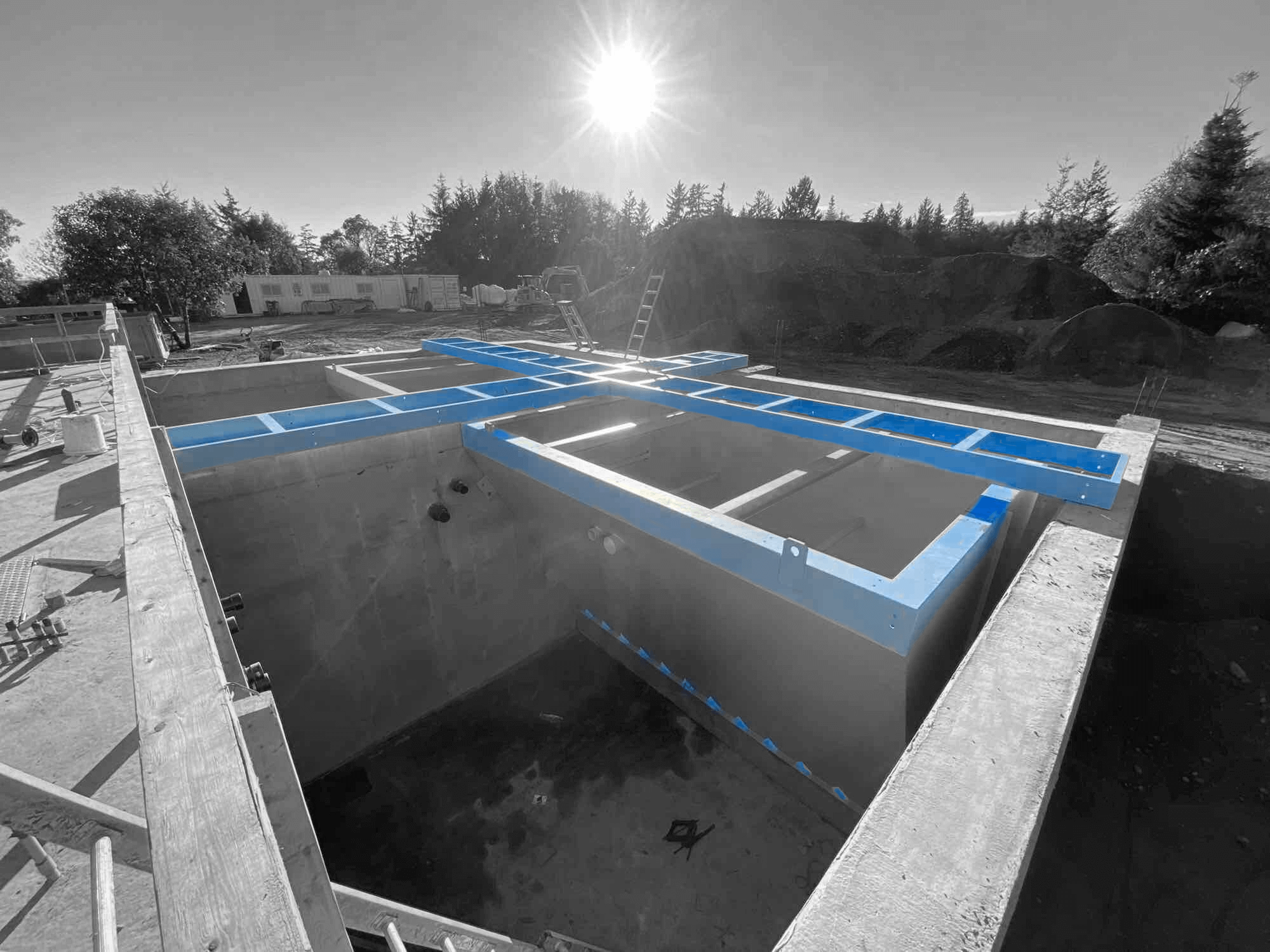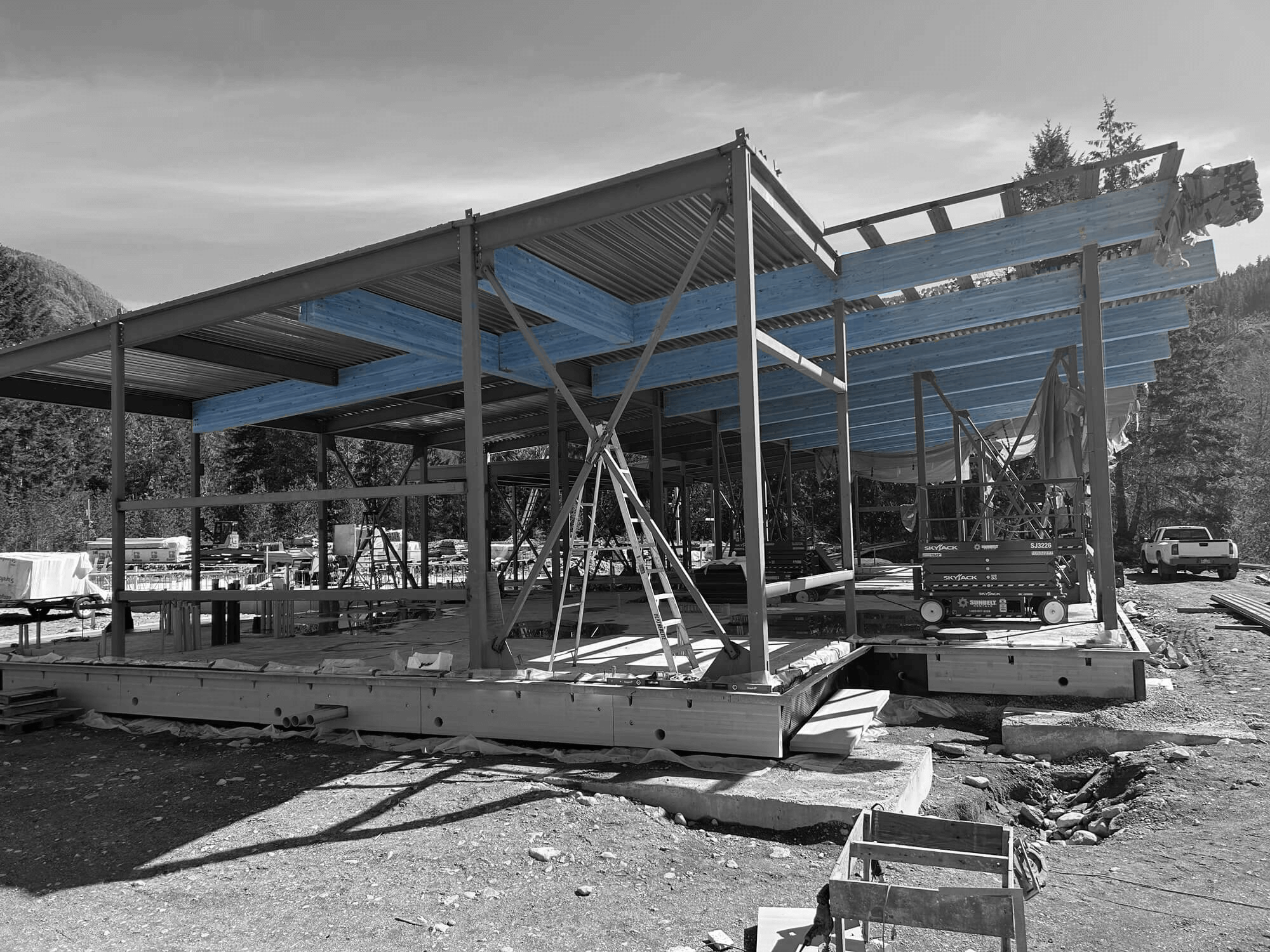Coastlines are beautiful but fragile environments that face numerous threats from natural forces like waves, tides, and storms. Marine construction plays a crucial role in protecting these coastal areas from erosion and other environmental impacts. By building structures such as seawalls and breakwaters, we can create barriers that absorb and deflect the energy of the waves, keeping the coastline intact and safe.
In addition to physical barriers, marine construction employs various techniques to strengthen and preserve the coast. Dredging and land reclamation help maintain and expand usable land, while underwater construction methods ensure stability below the waterline. These techniques are essential for safeguarding coastal communities and ecosystems from ongoing and future challenges.
Environmental considerations are paramount in marine construction to minimize harm to marine life and habitats. Balancing development with conservation allows us to protect both the environment and the communities that depend on it. Sustainable materials and advanced technologies are paving the way for more efficient and eco-friendly marine construction practices. In this article, we will explore how marine construction protects our coastlines, the techniques used, and the future trends shaping this vital industry.
The Role of Marine Construction in Coastal Defence
Building SeaWalls and Breakwaters
Sea walls and breakwaters are crucial structures in marine construction that help protect coastlines from the harsh impacts of waves and tides. Sea walls are built along the shoreline, acting as a robust barrier that absorbs and reflects the energy of incoming waves. This helps to prevent the sea from eroding the land behind the wall. Breakwaters, on the other hand, are constructed offshore and create calm water areas by breaking the force of incoming waves before they reach the shore. These structures are essential for protecting harbours, beaches, and coastal communities from flooding and storm damage.
Building these structures requires precise engineering and robust materials that can withstand the relentless force of the ocean. Concrete, stone, and steel are commonly used to construct sea walls and breakwaters, ensuring their durability. By creating these protective barriers, marine construction helps mitigate the damage caused by natural forces, preserving both the land and the livelihoods of those who live near the coast.
Preventing Coastal Erosion
Coastal erosion is a natural process where the shoreline is gradually worn away by the action of currents, waves, and wind. However, human activities and climate change can accelerate this process, posing significant risks to coastal areas. Marine construction plays a vital role in preventing coastal erosion by implementing various protective measures.
In addition to building seawalls and breakwaters, marine construction projects often include beach nourishment, which involves adding sand or gravel to eroding beaches to replenish them. This not only helps maintain the shoreline but also provides a buffer against storm surges and high waves. Vegetation planting is another method used to stabilize dunes and other coastal features, as plant roots help hold the soil in place.
Techniques in Marine Construction
Dredging and Land Reclamation
Dredging is a common technique in marine construction that involves excavating sediments from the bottom of water bodies to deepen harbours, create new waterways, and reclaim land. This process helps improve navigation for ships and prevents flooding in coastal areas. Dredged materials can be used to build up low-lying areas and create new land for development, a process known as land reclamation.
Land reclamation has been used to create beaches, parks, and even entire new districts in cities. This technique is essential for expanding usable land in densely populated coastal regions. Marine construction projects involving dredging and land reclamation require careful planning and execution to ensure they meet environmental standards and avoid disrupting marine ecosystems.
Underwater Construction Methods
Underwater construction methods are crucial for building and maintaining structures below the waterline. These techniques include pile driving, where long steel or concrete piles are driven into the seabed to provide a stable foundation for piers, bridges, and offshore platforms. Other methods involve the use of underwater welding to assemble and repair structures submerged in water.
Divers and specialized equipment play a significant role in underwater construction, ensuring that projects are executed safely and effectively. These methods require skilled professionals who can work in challenging underwater environments. Underwater construction is vital for supporting marine infrastructure and ensuring the longevity of coastal defences and other marine projects.
Environmental Considerations in Marine Construction
Minimizing Impact on Marine Life
Marine construction projects must carefully consider their impact on marine life. Fish, corals, and other sea creatures can be adversely affected by construction activities. To minimize negative impacts, various measures are taken. For instance, turbidity barriers can be used to contain sediment clouding caused by dredging, preventing it from spreading to sensitive habitats. Additionally, work schedules are often planned to avoid critical breeding seasons of local wildlife.
Using quieter machinery and underwater noise mitigation systems can also help reduce disturbances to marine animals. These actions are essential for maintaining the health of marine ecosystems, which are already stressed by other factors such as climate change and pollution.
Balancing Development and Conservation
While it is important to build and maintain infrastructure that protects coastlines, it is equally crucial to balance development with conservation. This means planning projects that achieve necessary protective measures without compromising the local environment. Environmental Impact Assessments (EIAs) are typically conducted before any construction begins to evaluate potential ecological consequences.
Methods like creating artificial reefs and planting seagrass beds can help offset any unavoidable impacts from construction. These efforts not only provide new habitats for marine life but also strengthen the overall resilience of the coastal ecosystem. By prioritizing both development and conservation, we can ensure that marine construction projects do not come at the expense of the environment.
Future Trends in Marine Construction
Advances in Sustainable Materials
The use of sustainable materials is becoming increasingly important in marine construction. Traditional materials like concrete and steel are being enhanced with eco-friendly alternatives. For example, the incorporation of recycled aggregates and the use of geosynthetics not only improve the durability of structures but also reduce the carbon footprint.
Bio-based materials, such as biopolymers, are also being explored. These materials are designed to minimize environmental impact while maintaining the structural integrity needed for marine projects. As technology advances, we can expect to see more innovative materials that support both construction needs and environmental sustainability.
Increasing Use of Technology and Automation
Technology and automation are transforming marine construction, making it more efficient and less risky. Drones and remotely operated vehicles (ROVs) are being used for site assessments, inspections, and monitoring, reducing the need for human divers in hazardous conditions. These technologies provide detailed, accurate data that improve project planning and execution.
Automation in construction equipment, such as automated dredgers and pile drivers, increases precision and efficiency, thereby reducing waste and environmental disturbance. Real-time data analytics also allow for better decision-making and quicker adjustments during the construction process. These technological advancements are setting new standards for safety, efficiency, and environmental stewardship in marine construction.
Conclusion
Marine construction plays a vital role in protecting and preserving our coastlines. From building robust sea walls and breakwaters to implementing advanced dredging and underwater construction techniques, these projects ensure the safety and sustainability of coastal areas. Environmental considerations, such as minimizing the impact on marine life and balancing development with conservation, are crucial to maintaining healthy ecosystems. The future of marine construction looks promising with advances in sustainable materials and increased use of technology and automation.
Industra Construction Corp. is committed to leveraging these innovations to provide high-quality marine construction services. If you’re looking for expert marine construction services, contact us today to learn how we can help safeguard your coastal projects!


